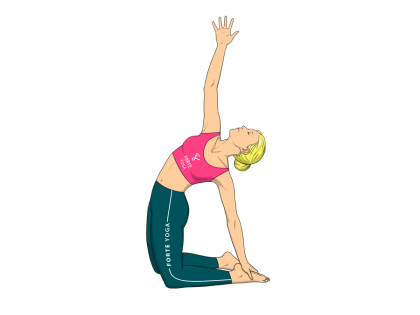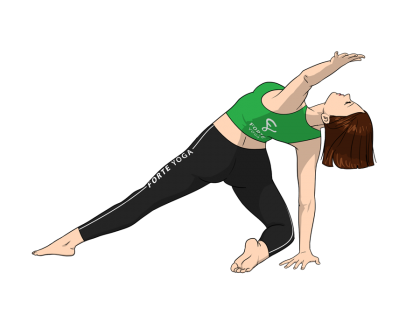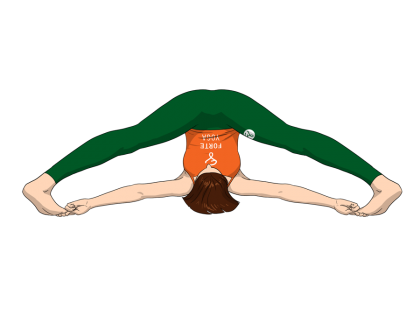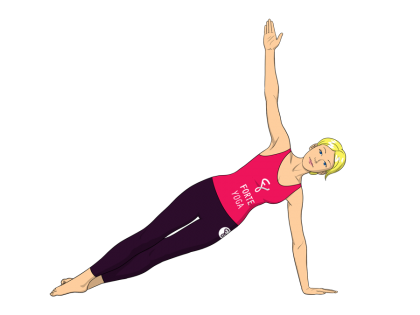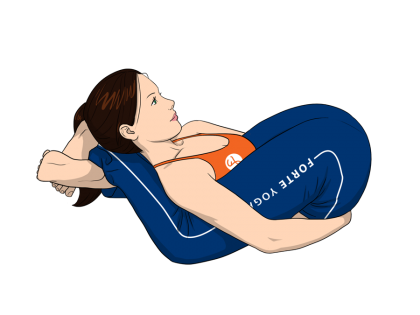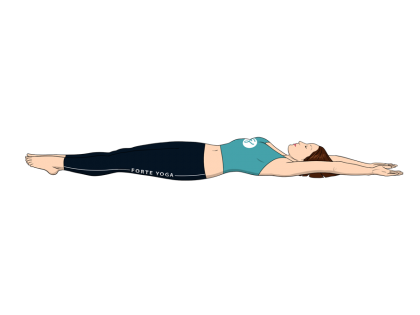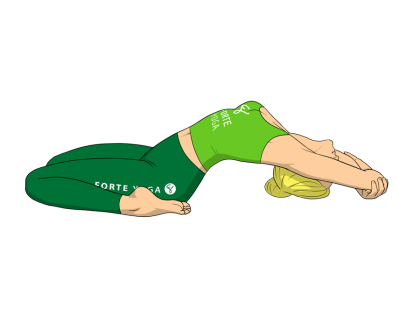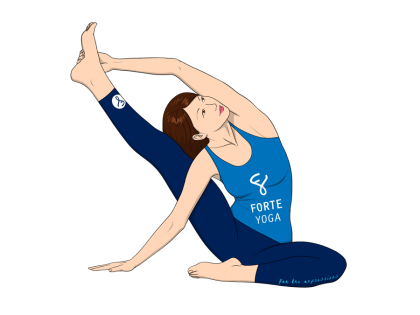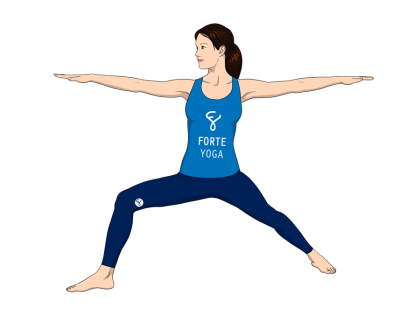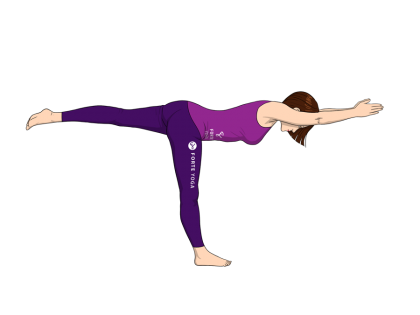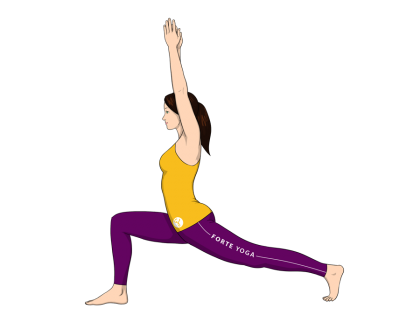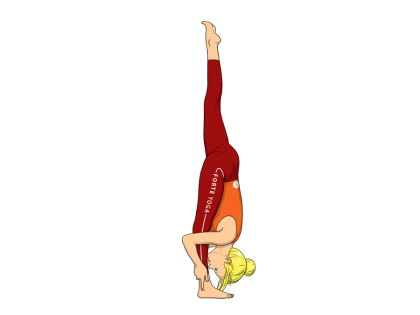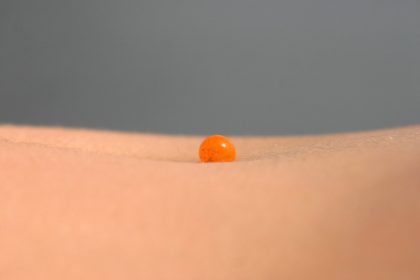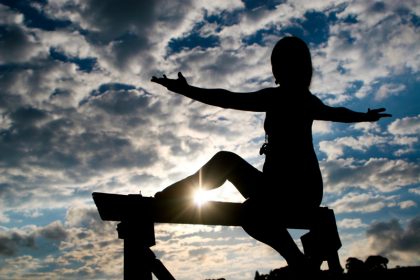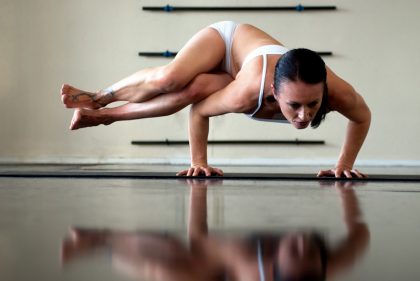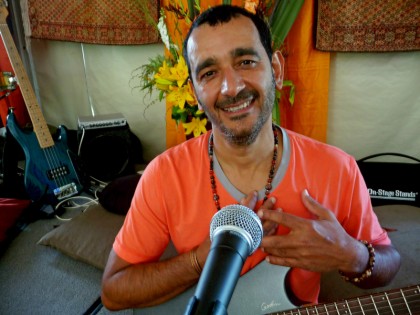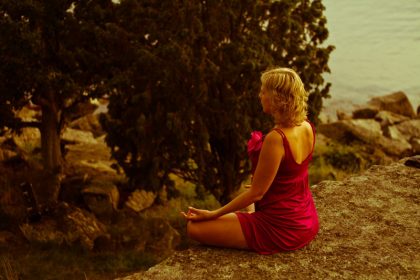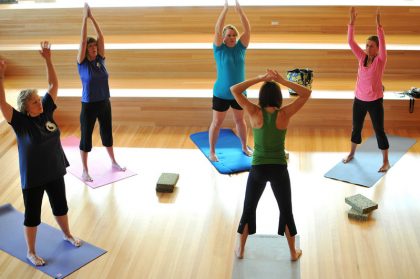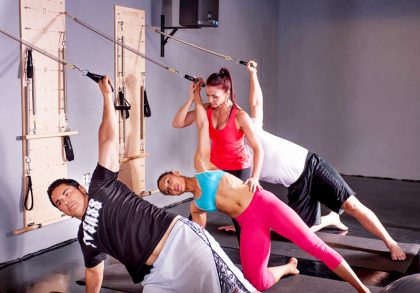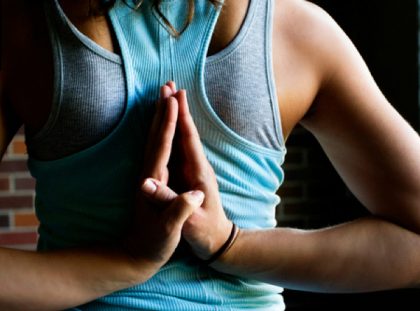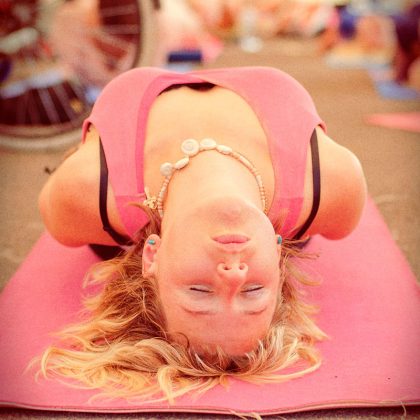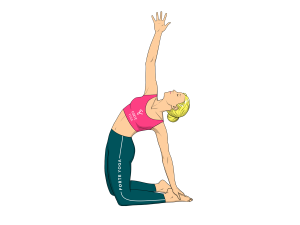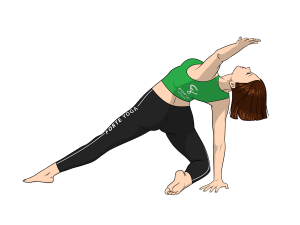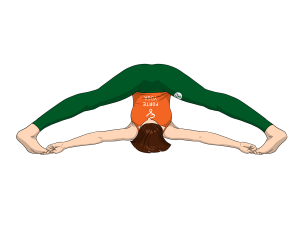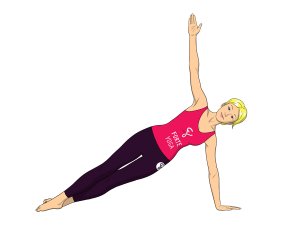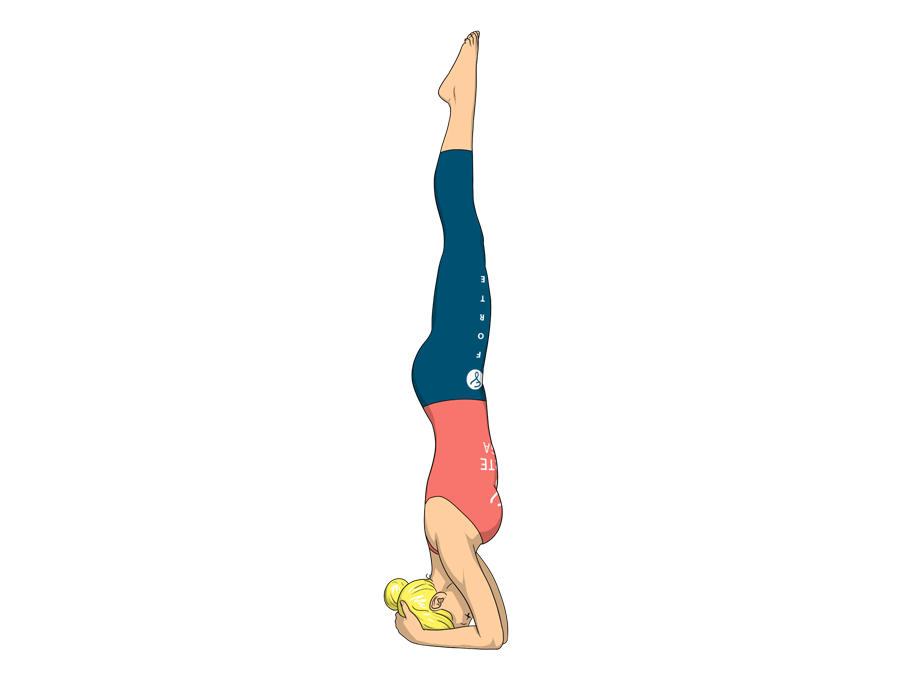
overview
Supported Headstand Yoga Pose is an inversion, balance pose that targets the calves and abs and is ideal for yogis and yoginis at an intermediate level.
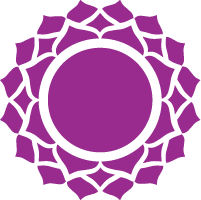 sahasrara – the crown chakra
sahasrara – the crown chakrarelated poses
[yoga-sharrre]
How To Do Supported Headstand Yoga Pose
- Start off in Balasana (Child’s Pose), resting your forehead on either a folded blanket or yoga mat. Lace your fingers together, elbows bent and shoulder width apart, so that the hands are near the crown of your head. Pressing your outer wrists into the floor or mat, nestle your head so it’s against the palms of your hands.
- Inhale, lifting the knees off of the floor. Slowly walk on the balls of your feet toward your elbows, keeping your heels off the ground. Continue to lift up through your thighs, keeping your spine straight with a nice, long line running from your upper thighs down through your heels. At this point your body should be in an upside-down V shape. Actively press your shoulder blades into your back, resisting putting any weight on your head or neck.
- Exhale, lifting both feet off of the mat simultaneously until the legs are perpendicular to the floor. Beginners may have to bend the knees or hop before being able to lift the legs straight off the ground. Keep your tailbone firm, pushing in towards the pelvis, and turn your upper thighs in slightly. Press your heels up toward the ceiling; if you had your knees bent, straighten your legs as you actively push through your heels, keeping the ball of your foot pointed up. Your heels should be positioned directly above your shoulder blades.
- Be sure to keep your weight evenly distributed across your forearms, continuously lifting your tailbone upward to keep the back and legs nice and long.
- Start out with a goal of 10 seconds, but hold the position as long as you can do so comfortably. If possible, try to add time in 5-10 second intervals until you can hold the pose for 3-5 minutes. When coming out of the position, do not allow your weight to drop on your neck; continue to press your shoulders into your back through the whole position, even as you lower your legs. Exhale while bringing your legs down, touching your toes to the floor at the same time.
Notes
- Breathing rhythmically and evenly is very important in any yoga posture, but breathing too deeply can shift the body in this pose. Instead of taking deep, long breaths, take shorter shallow ones starting out. This will help you maintain your balance. As you hold the position, gradually deepen your breaths while focusing on maintaining the balance you’ve established.
- Avoid this asana if you currently have a neck or back injury or are experiencing frequent headaches
- Avoid if you have high blood pressure (hypertension), low blood pressure or a preexisting heart condition.
- Do not perform during menstruation. If you are pregnant, only perform this position if you are experienced with it — do not attempt to learn this pose while pregnant. Even if you are experienced, it’s recommended that you consult your physician prior to practicing this pose.
Tips
If you’re having trouble with this pose, particularly by putting too much strain on the neck, try doing these steps against a wall. Instead of placing most of your weight on your head, try dispersing it on your arms and shoulders at first and gradually add weight onto your head with practice.
Stretches & Strengthens
All Muscles: Calves, hamstrings, biceps, triceps, shoulders, abs, spine
Target Muscles: Calves, abs
Health Benefits of Supported Headstand Yoga Pose
- Increases concentration and can help improve memory by increasing blood flow to the brain.
- Can relieve stress and symptoms of mild depression.
- Can improve digestion.

